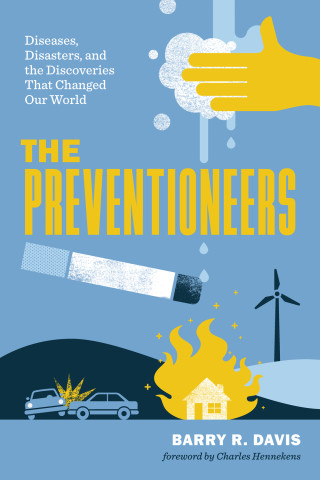
Reviews
Allan Horwitz has done it again! Using historical, sociological, and psychiatric perspectives, he tells the story of how personality disorders came to be major diagnoses in psychiatry and clinical psychology. The narrative is lively, insightful, and appropriately critical.
Personality disorders mess up people's lives, wreck families, cause societal disruption, and sabotage medical and mental health treatments. Horwitz's wise and wonderful summary of 2,500 years of personality theory and research will fascinate general readers, enlighten students, and help clinicians treat their next patient.
A wide-ranging, subtle, and compelling account of attempts by psychiatrists, psychologists, and other social scientists to define and come to terms with personality disorders. Simultaneously scholarly and engaging, this book is highly original and important.
The personality disorders represent a medial area between normalcy and psychopathology. Horwitz's book is impressive in both its scope and its clarity as he discusses the ideas of writers like Kohut, Hathaway, Skodol, the Menninger brothers, Freud, Widiger, Allport, Spitzer, and Theophrastus. Definitely a stimulating and enjoyable read.
Allan Horwitz brilliantly illuminates the complex landscape of the personality disorders in this engagingly readable and remarkably capacious history. Organized around the contested distinction between normal and abnormal behavior, these disorders are inextricable from cultural norms and resistant to straightforward classification. An authoritative guide to these intriguing and often misunderstood diagnoses.
Book Details
Preface
1. Issues
2. Personality Disorders Emerge
3. Personality Becomes Social
4. Personality Flourishes
5. Personality Disorders in the DSM-III
6. Personality Contentions in the DSM-5
7. Mental Disorders
Preface
1. Issues
2. Personality Disorders Emerge
3. Personality Becomes Social
4. Personality Flourishes
5. Personality Disorders in the DSM-III
6. Personality Contentions in the DSM-5
7. Mental Disorders or Problems in Living?
References
Notes
Index






